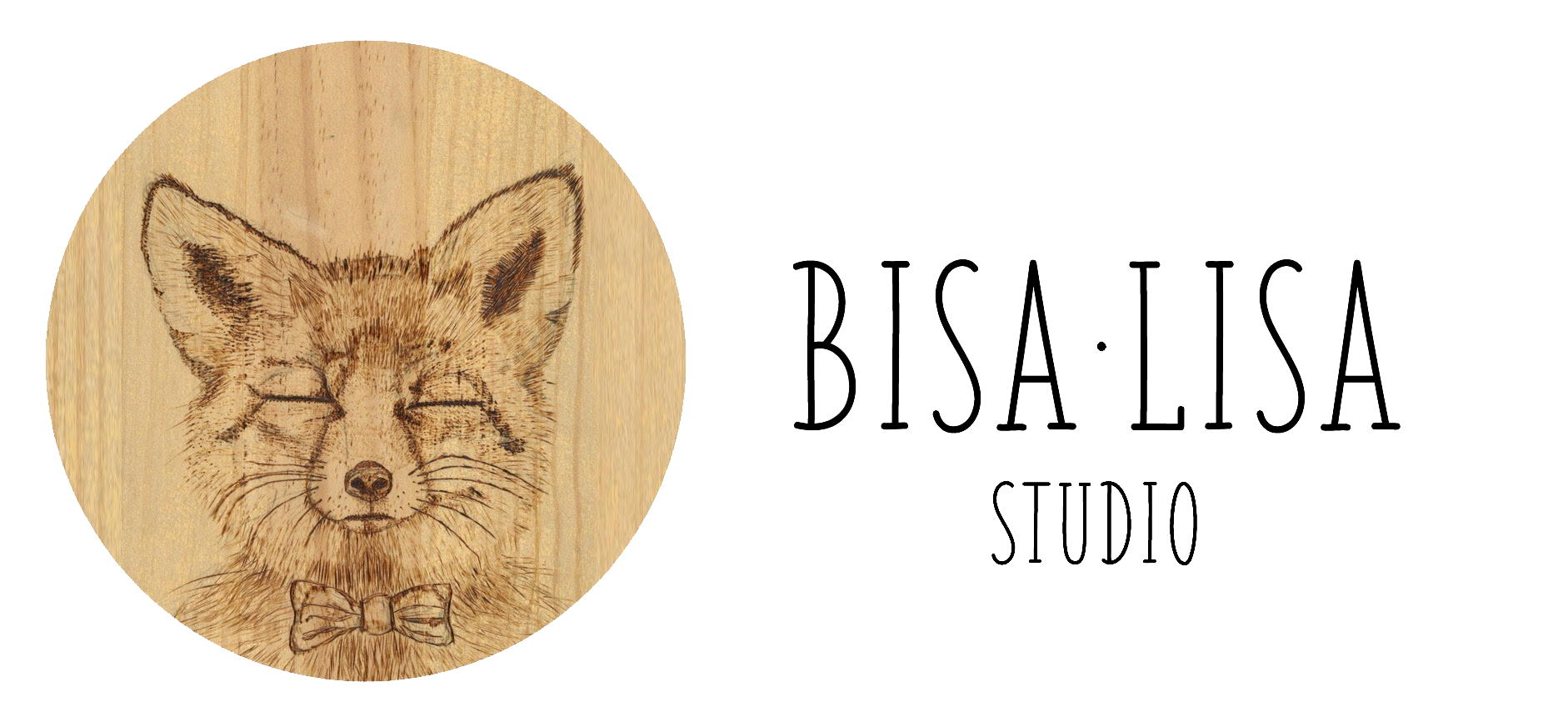Charcuterie Board Lovin'
I finally decided I would start creating charcuterie boards (or cheese platters, or serving platters.. whatever you like to call them). The reason I was hesitant was because when I create a piece of art, I am often attached to it, and it took a lot of effort to make. With a ‘cutting board’, that art feels like it would totally get ruined, wear and tear, etc. However, with a charcuterie board, I feel a little more confident in people’s use of the piece.
I want to stress here how important it is that you care for it over its lifespan. If you cook, you know that wood boards eventually may crack, split, get too wet and even moldy. I’m here to tell you that there are ways to prevent that from happening and make it last a lifetime! These ways are simple, natural, and inexpensive.
Things you need: 100 grit sandpaper, paper towel, dishwashing detergent, oils (see number 3).
Wash the charcuterie board with warm water, dishwashing detergent as you normally would and let it dry completely.
If there are scratches from cuts - which shouldn’t be many or deep ones if you use good cheese knives - sand them off with 100 grit sandpaper (optional). This will not effect the woodburned art as long as you go easy on it. Wipe the board with a damp, lint-free cloth to get rid of any sand dust.
Oils - mineral oil, tung oil, beeswax, coconut oil, linseed oil, Watco butcher’s block foodsafe - one or more of these can be found at Home Hardware, Hope Depot, any lumber shop. I spent $7 on a little jar of Clapham’s Salad Bowl Finish (see photo below) beeswax which has lasted me a long time. Beeswax also smells great! I also use Watco’s Butcher’s oil or Odie’s Oil (all foodsafe).
Optional: Take some oil in solid form (1/2 teaspoon) and heat it up in the microwave until it melts - 30-45 seconds depending on your microwave.
Take the oil and apply it by hand or with a paper towel onto the board. Go along the direction of the grain of the wood. Wipe off any excess oil and let it sit for 5 minutes.
Do that once more until the oil no longer seeps into the wood. Wipe off excess and let it sit overnight.
If you feel the need you can do one more coat with hard beeswax the next day, but it’s not necessary.
TA DA - you did it! Now do it once a month for best results (if you use the board often) - if not, once every few months should be good - unless you notice the board being too dry.
Comment below if you tried this or if you have further questions, suggestions, etc!
Email: bisalisastudio@gmail.com





